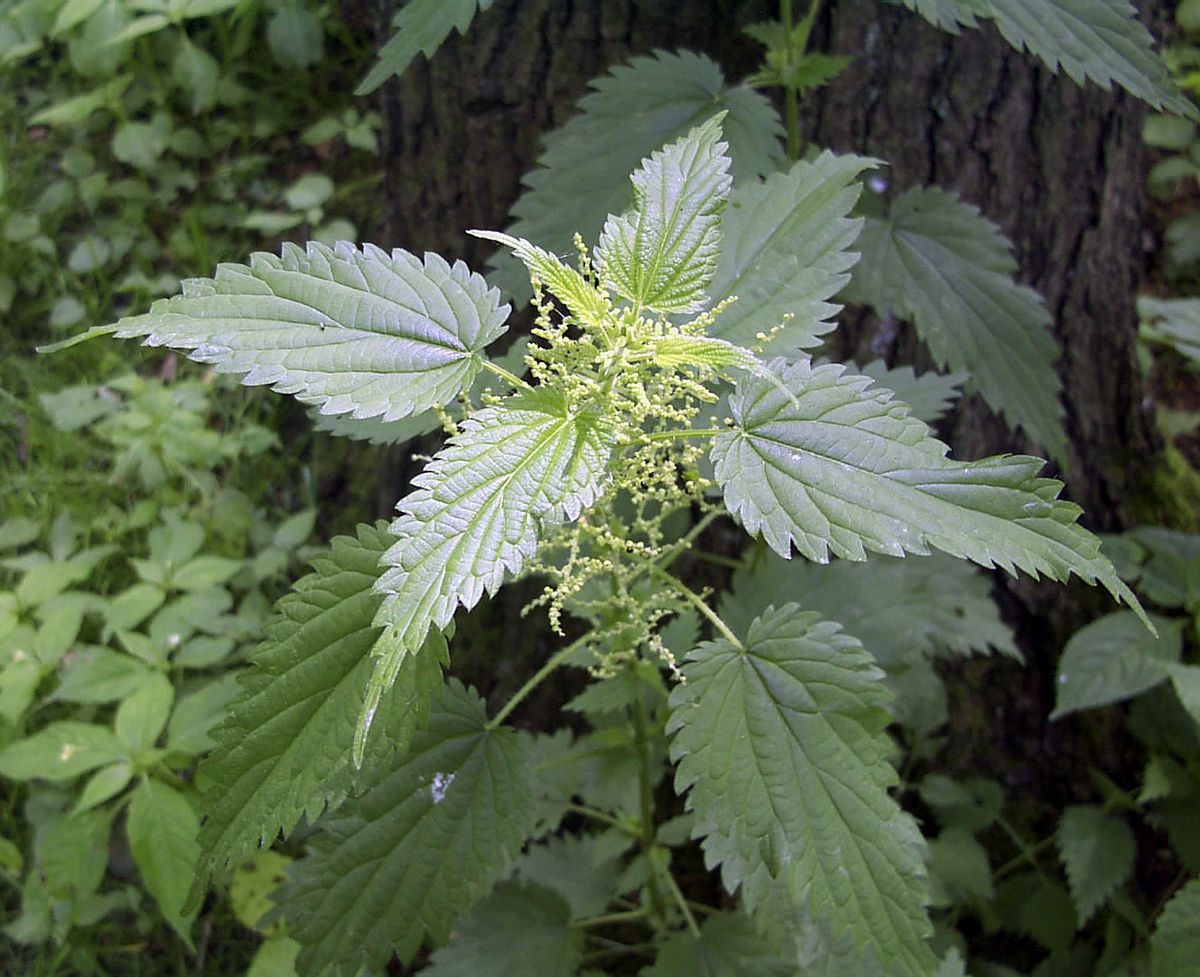Plants don’t enjoy losing their leaves to herbivores and have evolved a number of ingenious strategies to deter leaf predators. Unfortunately for humans, several of these chemical defenses can cause painful skin reactions. Read on to discover some plants that could burn, blister, or otherwise irritate you!
Hogweed
The two species of hogweed, the giant hogweed and the common hogweed, are native to Europe and have naturalized in parts of the U.S. The leaves and sap of these weedy wildflowers contain chemicals called furocoumarins and should be avoided. Contact can cause phytophotodermatitis, in which the skin erupts in severe blisters if exposed to sunlight. Blindness can occur if the sap enters the eyes. Given that hogweeds are also similar in appearance to the deadly poisonous water hemlocks, it’s probably a good rule of thumb to mostly avoid tall carrot-looking plants with white flower clusters.
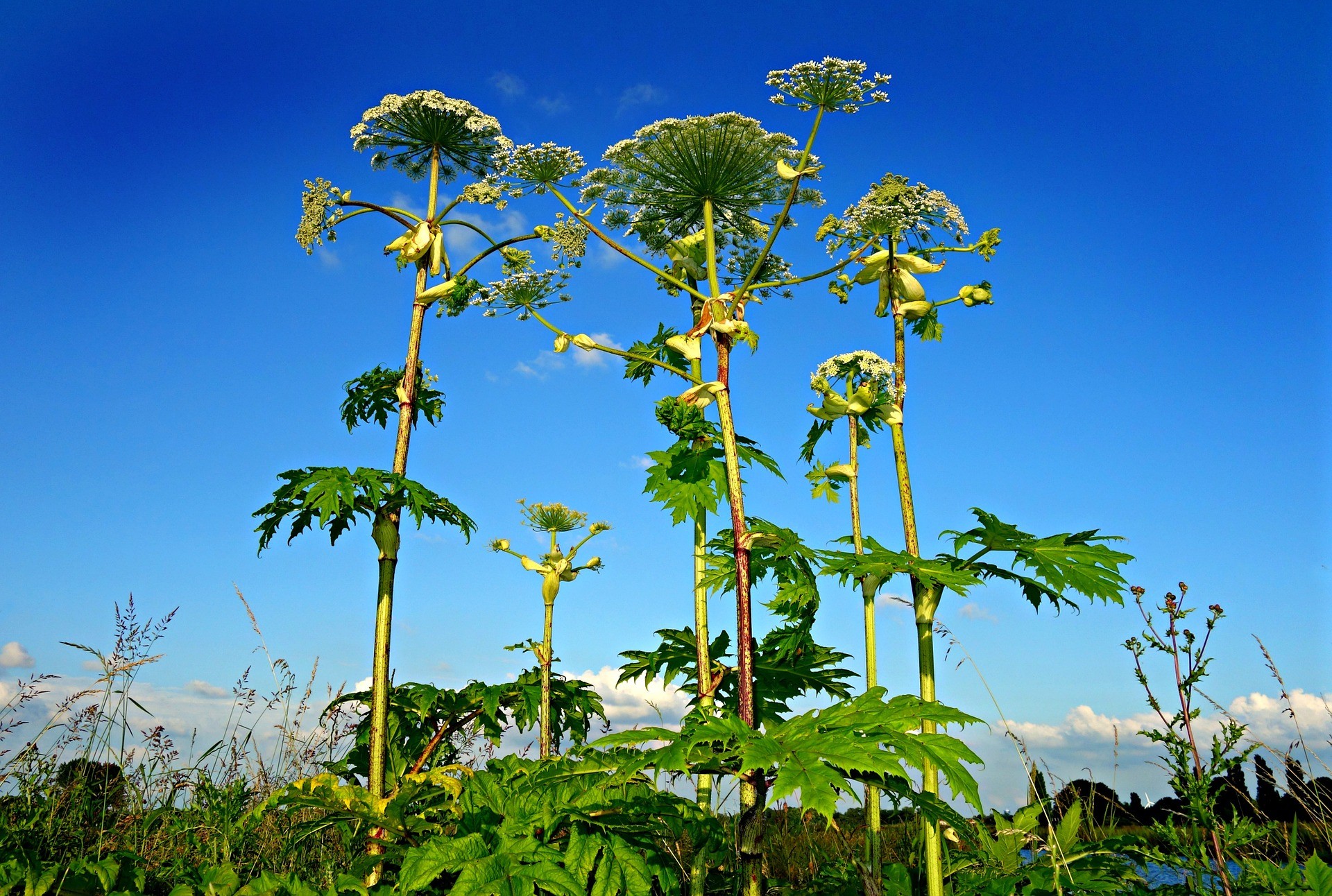
Manchineel
The plant contains a number of toxins, and eating its fruits could possibly kill you and will most definitely blister your mouth and esophagus. The milky sap of the leaves and bark contains an irritating chemical called phorbol, which generates a strong allergic skin reaction. Raindrops falling through the tree can collect phorbol and burn a person standing underneath. Even touching the tree can cause the skin to blister. Native peoples have long used the sap to poison arrows, and it is thought that the explorer Juan Ponce de León possibly died from such a weapon during his second trip to Florida.
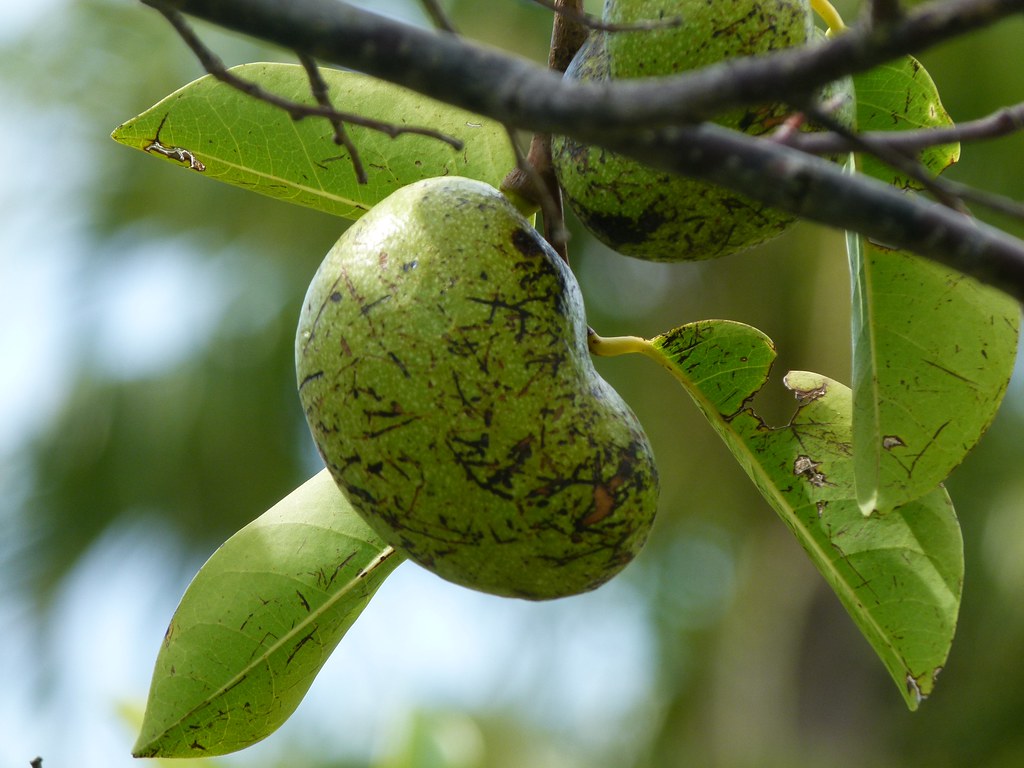
Poison Ivy
When touched, nearly all parts of these plants can trigger a severe, itchy, and painful inflammation of the skin known as contact dermatitis. Even more frighteningly, urushiol can persist on clothing, shoes, tools, soil, or animals that have made contact with the plants, thus later poisoning an unsuspecting victim. If you’ve been hiking through underbrush areas with these plants, be careful to remove your clothing in such a way that the outside does not touch your skin and to wash your clothing immediately. The rash can last anywhere from less than one week to more than three weeks but does not usually require medical treatment.

Gympie gympie
The stinging leaves trigger an intense allergic reaction in its victims, sometimes even causing anaphylactic shock. The sting can cause excruciating, debilitating pain for months; people have variously described it as feeling like they are being burned by acid, electrocuted, or squashed by giant hands. Many people have reported flare-ups of the pain for many years afterward, and there are several accounts of horses, mad with pain, jumping off cliffs to their deaths after being stung. Foresters and scientists working around the tree must wear respirators and thick protective clothing and are armed with antihistamine pills, just in case.
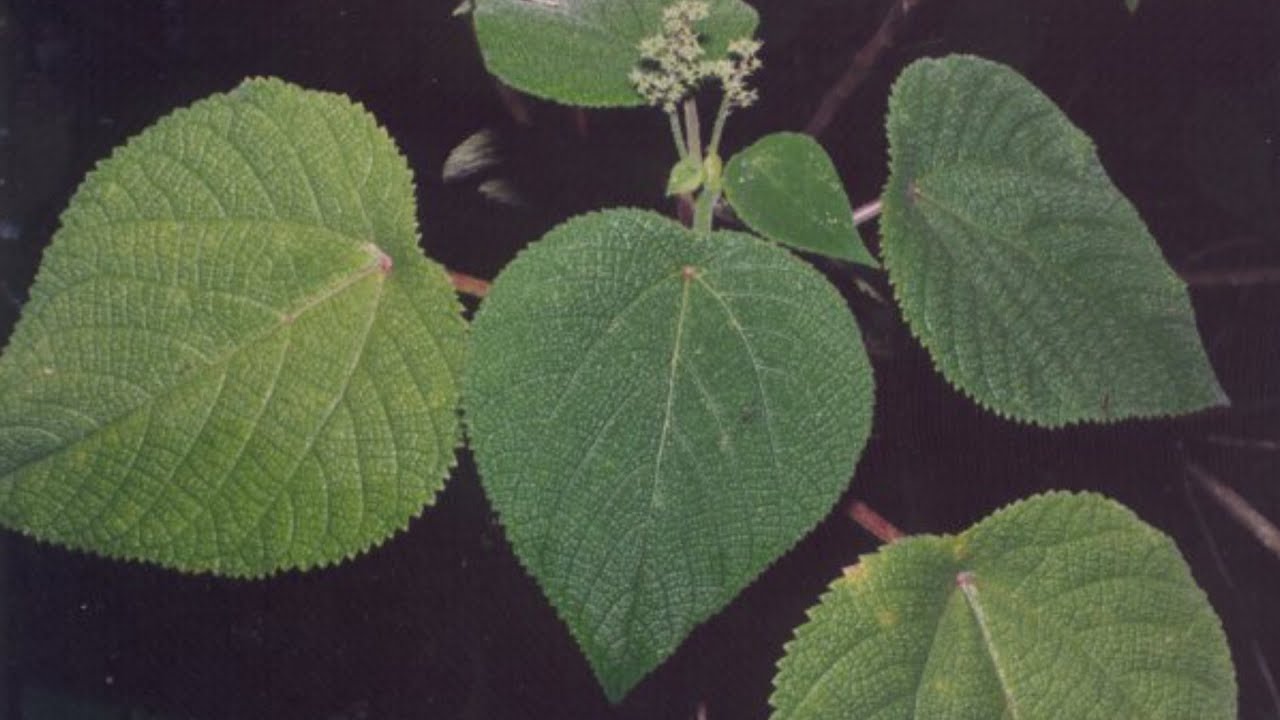
Pain bush
Also known as African poison ivy, the pain bush is native to southern Africa and lives up to its name. The plant is a shrub or small tree and exudes a creamy sap that is laden with chemicals known as heptadecyl catechols. Contact with the sap, which turns black when dried, causes a livid swollen rash with blisters, though some lucky people are immune. The symptoms usually subside after a few days.
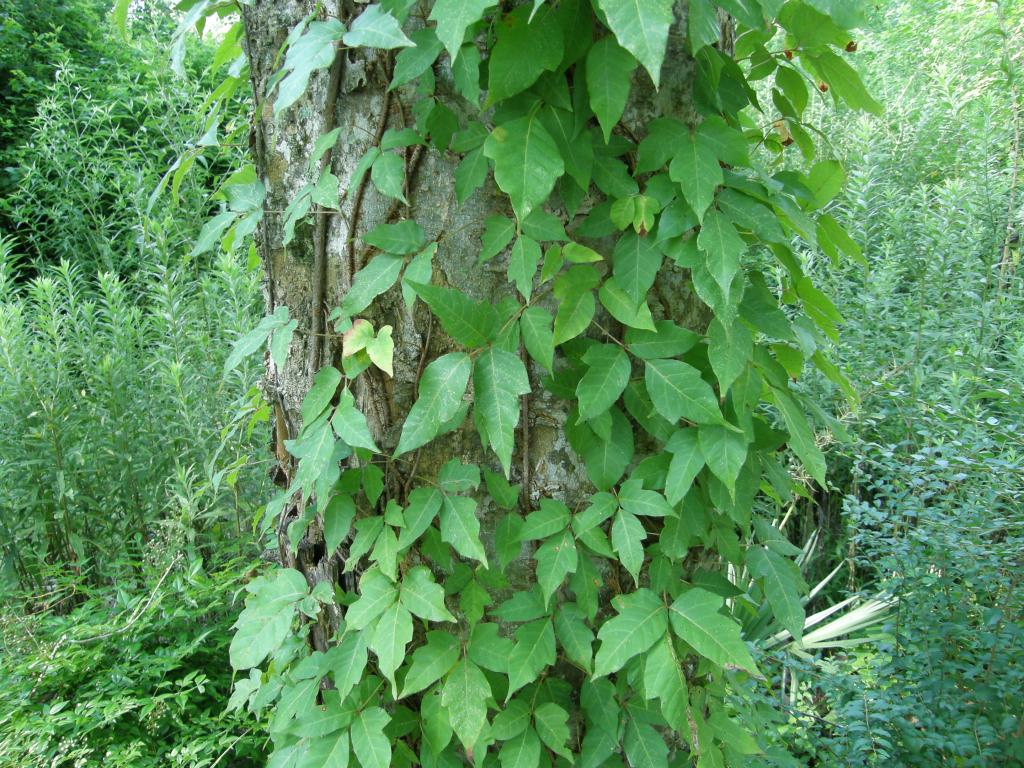
Stinging nettle
The leaves and young stems of this herbaceous plant are fitted with stinging hairs tipped with formic acid and other irritants. If touched, these needle-like hairs inject the stinging acid into the skin, triggering a burning, tingling sensation and an itchy rash. Thankfully the symptoms usually do not persist longer than 24 hours. Interestingly, the cooked plant is safe to eat and is popular is some places as a vegetable.
